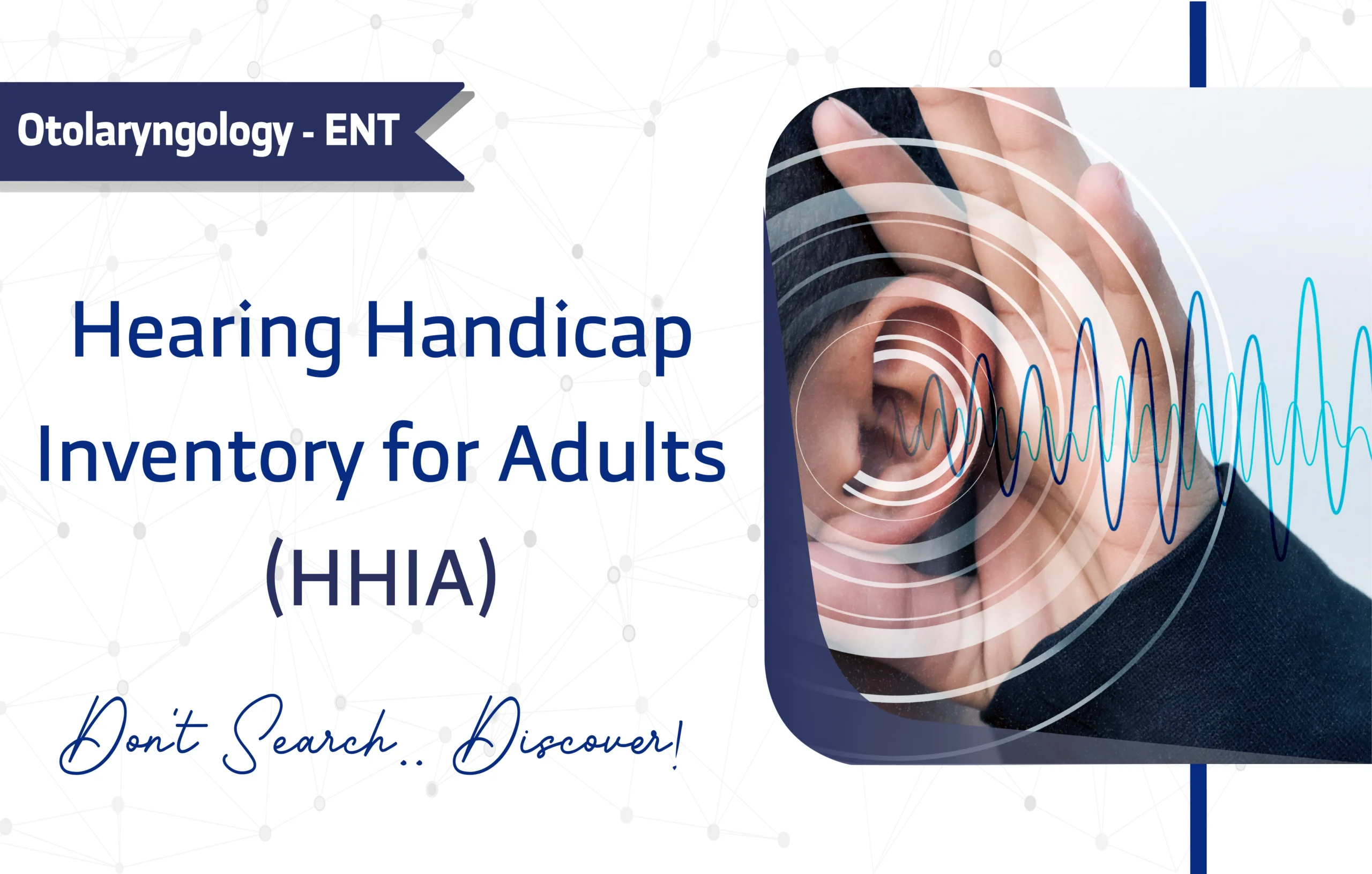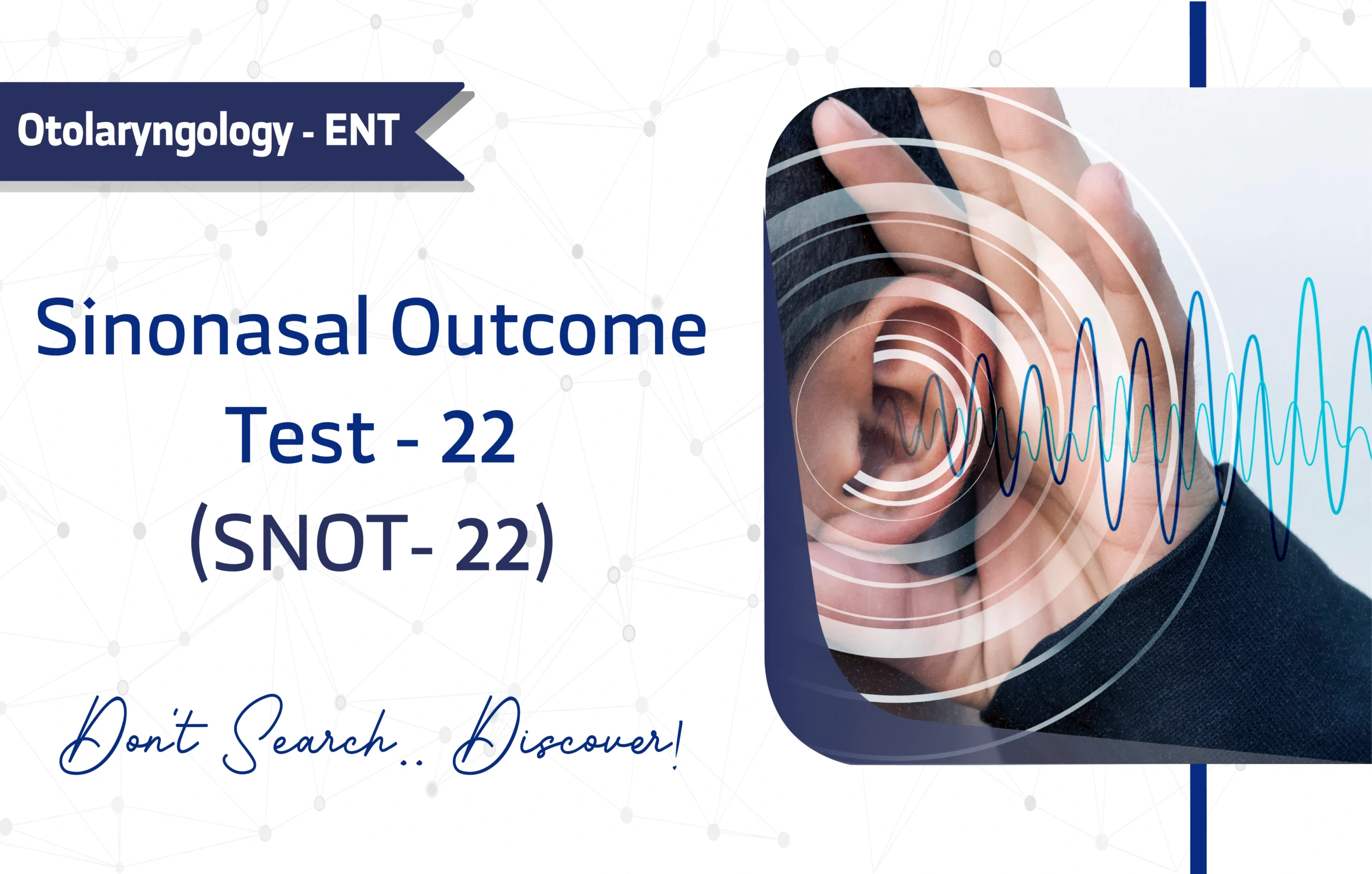Introduction
The International Consultation on Incontinence Questionnaire–Female Lower Urinary Tract Symptoms (ICIQ-FLUTS), developed by the International Consultation on Incontinence (ICI), is a key tool for assessing female lower urinary tract symptoms (LUTS) and their impact on quality of life. Introduced in 2004 by Abrams P. and colleagues, it builds on the Bristol Female LUTS questionnaire and, with over 300 citations, enjoys widespread use in urology research and clinical practice globally, reflecting its robust design.
Designed for women aged 18 and older, this self-administered questionnaire evaluates filling, voiding, and incontinence symptoms. It provides clinicians and researchers with insights to enhance patient care and assess treatment outcomes. This article explores the ICIQ-FLUTS’s features, scoring, applications, and limitations, serving as a resource for urology and women’s health professionals.
Key Features of the ICIQ-FLUTS
Purpose and Use
The ICIQ-FLUTS aims to thoroughly evaluate female lower urinary tract symptoms and their effects on quality of life. Unlike general health questionnaires, it specifically targets issues like urinary incontinence (stress, urge, or unexplained), nocturia, urgency, frequency, bladder pain, and voiding difficulties. Therefore, its focused design makes it ideal for clinical trials and patient monitoring in urological settings.
Target Population
The questionnaire addresses women aged 18 and older, including young adults (18–24), middle-aged adults (25–44), older adults (45–64), and seniors (65+). It effectively targets those experiencing LUTS, such as stress incontinence, urge incontinence, nocturia, and voiding difficulties. However, it remains unsuitable for pediatric or adolescent populations.
Structure
The ICIQ-FLUTS consists of 12 items, carefully organized into three subscales:
- Filling Symptoms (4 items): These assess storage-related issues, including daytime frequency, nocturia, urgency, and bladder pain.
- Voiding Symptoms (3 items): These evaluate emptying difficulties, such as hesitancy, straining, and an interrupted urinary stream.
- Incontinence Symptoms (5 items): These focus on urine leakage, covering stress and urge incontinence, frequency of leakage, nocturnal enuresis (bedwetting), and unexplained incontinence.
Each item employs a Likert scale for frequency, while an additional item independently measures the overall “bother” or quality of life impact on a rating scale. Moreover, the questionnaire proves efficient, requiring only about 4–5 minutes to complete.
Scoring Method
The ICIQ-FLUTS utilizes a clear and straightforward scoring system. Most items receive scores from 0 to 4. Specifically:
- Subscale Scores: Each domain’s scores sum to produce distinct values for filling symptoms (0–16), voiding symptoms (0–12), and incontinence symptoms (0–20).
- Total Score: The sum of all subscales yields a total score ranging from 0 to 48, where higher scores indicate greater symptom severity.
- Quality of Life Score: A separate “bother” item, scored from 0 to 10, directly measures the impact on quality of life.
Notably, the ICIQ-FLUTS lacks a universal cutoff score. Instead, clinicians rely on subscale and total scores to assess symptom severity and type.
Administration Format
The ICIQ-FLUTS offers remarkable flexibility, requiring less than 5 minutes to administer, which enhances its practicality in busy clinical settings. Healthcare teams can administer it through:
- Paper-based forms
- Digital (online) platforms
- In-person interviews
- Phone or video calls
Its self-administered format eliminates the need for specialized training, making it highly accessible for healthcare teams.
Applications of the ICIQ-FLUTS
The ICIQ-FLUTS plays several critical roles in clinical practice and academic research:
Screening: It effectively identifies patients with significant LUTS who may need further investigation or treatment.
Monitoring: It consistently tracks changes in symptom severity over time or in response to therapeutic interventions.
Treatment Planning: It guides clinicians in crafting personalized care plans by highlighting the most bothersome symptoms for the patient.
Research: Researchers widely use it in clinical trials and epidemiological studies to measure patient-reported outcomes and evaluate the efficacy of new treatments for female LUTS.
Languages and Availability
The ICIQ-FLUTS supports over 30 languages, ensuring its utility in global research and multicultural clinical settings. Available translations include:
Arabic
English (UK and US)
Mandarin Chinese
Spanish
French
German, Portuguese (Brazilian and European), Japanese
Many other languages
Importantly, researchers must obtain permission for its use through the ICIQ website. While free for clinical practice, the questionnaire operates under an open-access license with restrictions for research.
Reliability and Validity
The ICIQ-FLUTS stands out as a highly reliable and valid tool for assessing female LUTS. Its psychometric strength shines through a strong Cronbach’s alpha, ranging from 0.83 to 0.88, indicating excellent internal consistency. Additionally, it demonstrates robust test-retest reliability with an Intraclass Correlation Coefficient (ICC) of 0.92.
Validation Studies: The questionnaire has been rigorously validated in numerous languages and populations. Key validation studies include:
Limitations and Considerations
Despite its strengths, the ICIQ-FLUTS presents a few limitations:
Self-report: Respondents’ answers may reflect social desirability bias or personal interpretations of symptoms.
Social Desirability Bias: Patients might underreport symptoms to appear more favorable.
Cultural Bias: Although translated into many languages, proper localization and cultural adaptation remain essential for validity in diverse populations.
Lack of Sensitivity to Change: For patients with mild symptoms, the subscales may struggle to detect subtle changes over time.
Age Restrictions: Validated for adults, the tool does not suit children or adolescents.
Other Versions and Related Questionnaires
The ICIQ-FLUTS is part of a modular system designed for a holistic evaluation of urinary symptoms.
Related Questionnaires
- ICIQ-UI-SF: A complementary tool for urinary incontinence.
- ICIQ-LUTSqol: A module focused specifically on quality of life.
Other Versions
- ICIQ-FLUTS Long Form: An adaptation for a more extended symptom assessment.
- ICIQ-FLUTSsex: A version that focuses on gender-specific sexual impacts.
Additional Resources
- A direct link to the Official ICIQ-FLUTS Page
- You can access the questionnaire by submitting a request through this link.
- For inquiries, contact the development team through the official ICIQ website.
Frequently Asked Questions (FAQ)
- Who can use the ICIQ-FLUTS?
Clinicians, researchers, and healthcare providers use it for adult female patients (aged 18 and older) with lower urinary tract symptoms. - How long does it take to complete the ICIQ-FLUTS?
Patients typically complete it in 4–5 minutes, ensuring efficiency in clinical and research settings. - How do healthcare teams administer the ICIQ-FLUTS?
They can use paper, digital, in-person interviews, or phone/video call formats, offering great flexibility. - Is there any cost to using the ICIQ-FLUTS?
It’s free for clinical use, but researchers must seek permission from the ICIQ team.
A Word from ResRef about the ICIQ-FLUTS
The ICIQ-FLUTS delivers a globally validated, concise tool for assessing female LUTS. Its modular design seamlessly integrates symptom severity and quality-of-life impacts, supporting evidence-based clinical decisions.
References
- Angelo PH, de Queiroz NA, Leitão ACR, Marini G, Micussi MT. Validation of the international consultation on incontinence modular questionnaire – female lower urinary tract symptoms (ICIQ-FLUTS) into brazilian portuguese. Int Braz J Urol. 2020 Jan-Feb;46(1):53-59. doi: 10.1590/S1677-5538.IBJU.2019.0234. PMID: 31851458; PMCID: PMC6968893. Link
- Debes, W. A., Sadaqa, M., Makai, A., Dózsa-Juhász, O., Tumpek, N., Kocsis, J., Ács, P., Szűcs, R. L., Németh, Z., Prémusz, V., & Hock, M. (2024). Validation of the Hungarian Version of the International Consultation on Incontinence Modular Questionnaire on Female Lower Urinary Tract Symptoms (ICIQ-FLUTS). Journal of Clinical Medicine, 13(23), 7389. Link
- Habiba, U., Ikram, M., Noor, R. et al.Urdu translation and validation of the international consultation on Incontinence Questionnaire-Female Lower Urinary Tract Symptoms (ICIQ-FLUTS). Int Urogynecol J 34, 1423–1428 (2023). Link
- Chattrakulchai, K., Manonai, J., Silpakit, C. et al.Validation of the Thai version of the International Consultation on Incontinence Questionnaire-Female Lower Urinary Tract Symptoms (ICIQ-FLUTS). Int Urogynecol J 31, 2603–2610 (2020). Link
- Stavros, A., Themistoklis, G., Niki, K., George, G. and Aristidis, A. (2012), The validation of international consultation on incontinence questionnaires in the Greek language†‡. Neurourol. Urodyn., 31: 1141-1144. Link
- Hajebrahimi S, Corcos J, Lemieux MC. International consultation on incontinence questionnaire short form: comparison of physician versus patient completion and immediate and delayed self-administration. Urology. 2004 Jun;63(6):1076-8. doi: 10.1016/j.urology.2004.01.005. PMID: 15183953. Link









6 thoughts on “The International Consultation on Incontinence Questionnaire–Female Lower Urinary Tract Symptoms (ICIQ-FLUTS): A Full Guide for Researchers and Clinicians”
The clarity and quality of your content will undoubtedly help build a more confident generation of researchers. This is a great contribution to the field.
Thanks for the explanation, I really appreciate your hard work.
The detailed breakdown of the ICIQ-FLUTS effectively highlights its strength in providing precise, actionable data by using a modular design that distinctly measures the three core Lower Urinary Tract Symptom subscales: Filling, Voiding, and Incontinence.
This guide beautifully showcases the ICIQ-FLUTS’s powerful and concise modular design. Its ability to assess separate domains—filling, voiding, and incontinence—in under five minutes makes it an indispensable, efficient tool for both clinical monitoring and large-scale research studies.
It is very valuable phrase!
I was looking exactly for some tool like this one. Much appreciated.